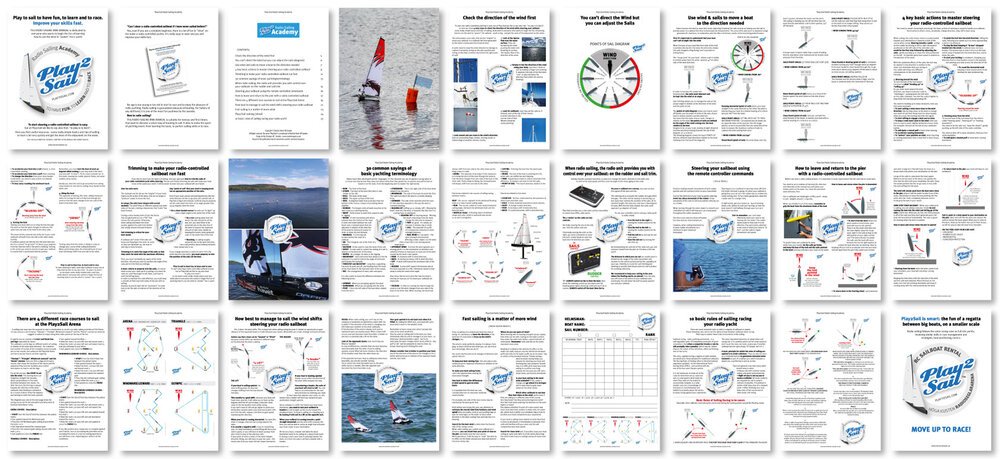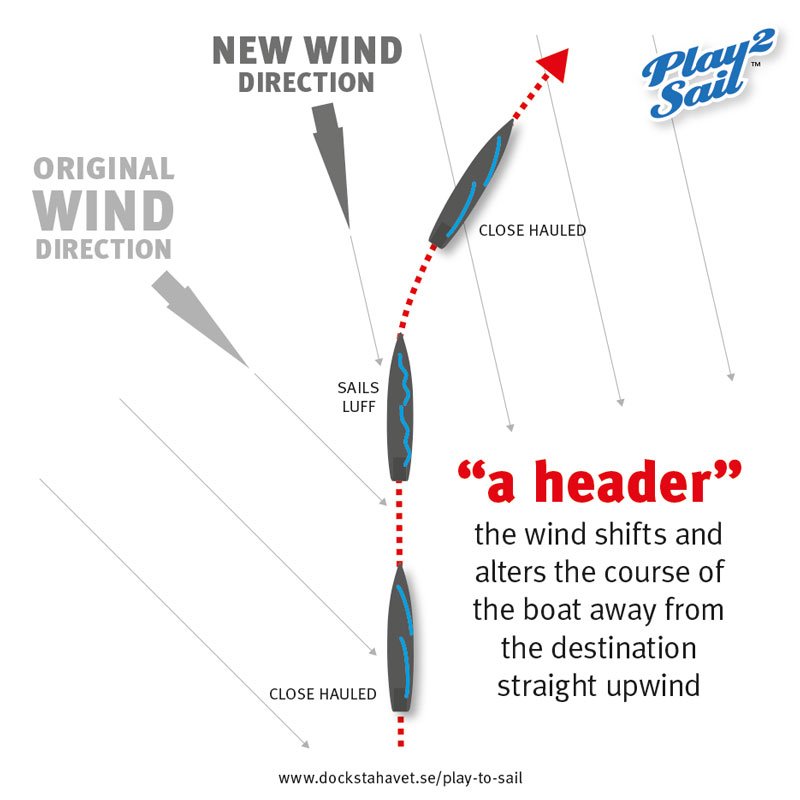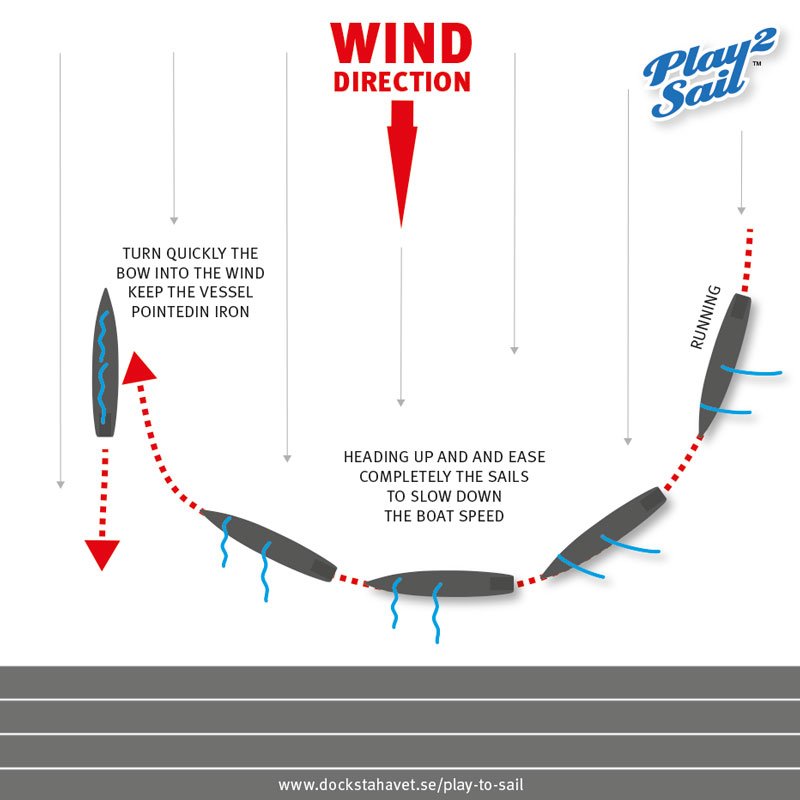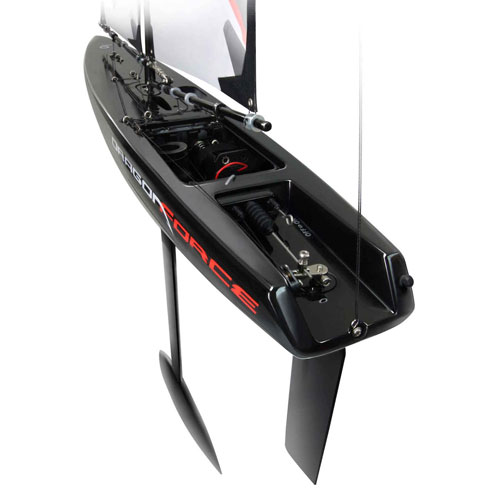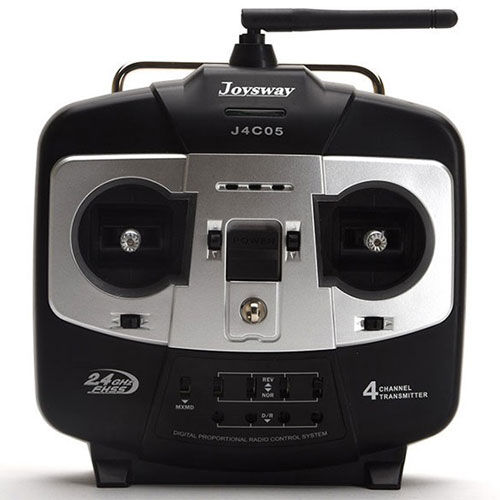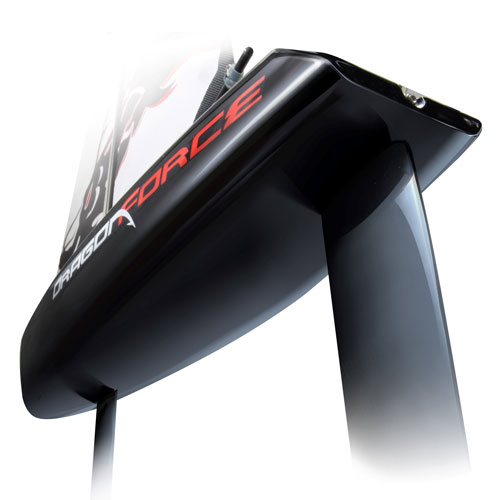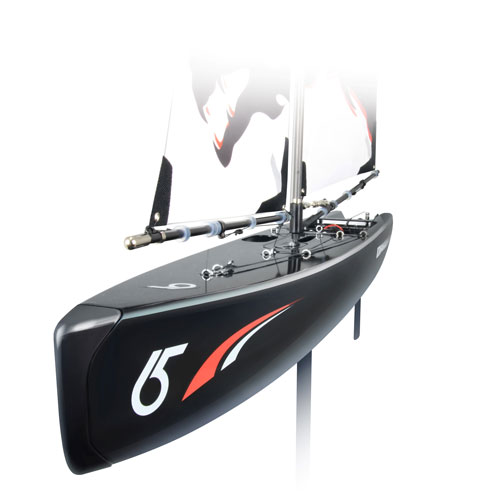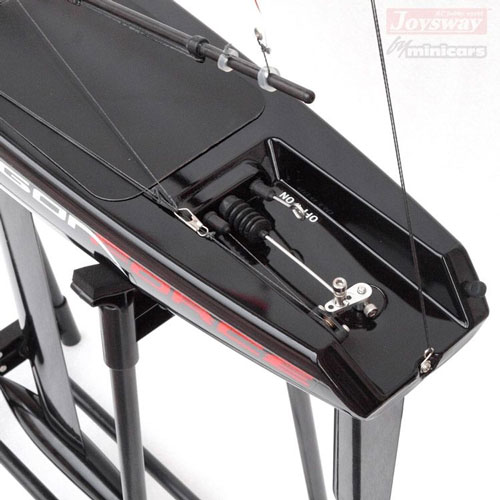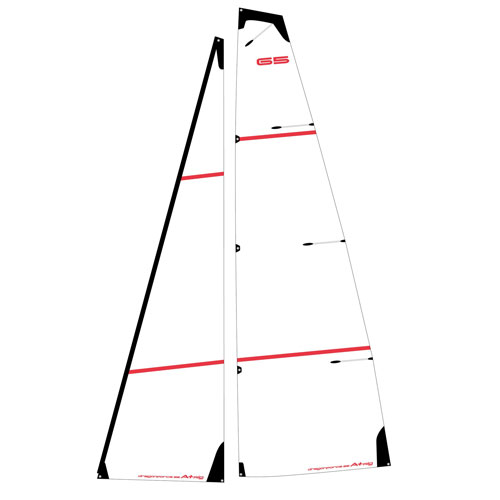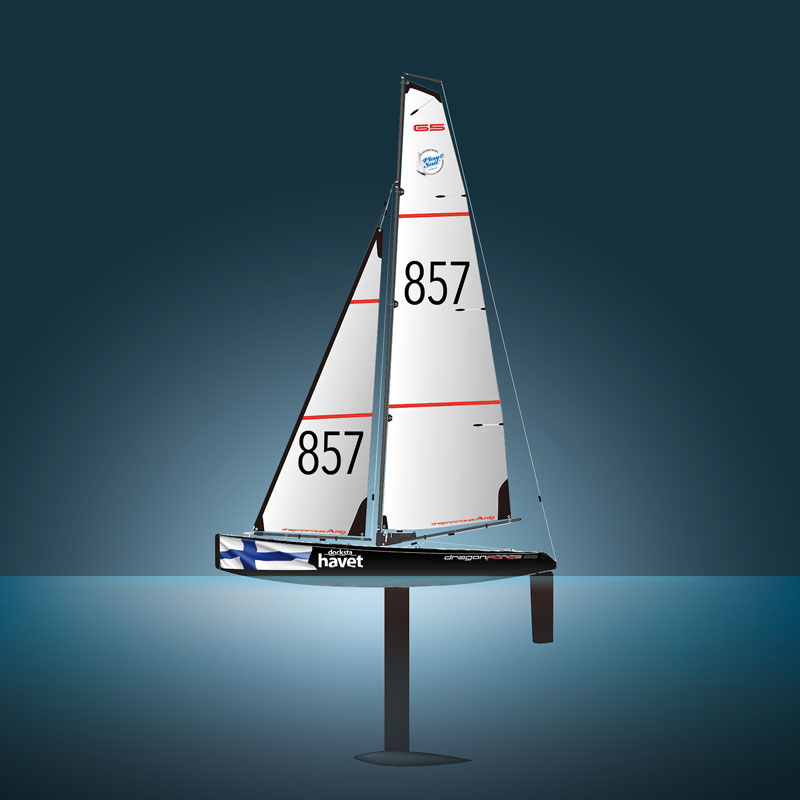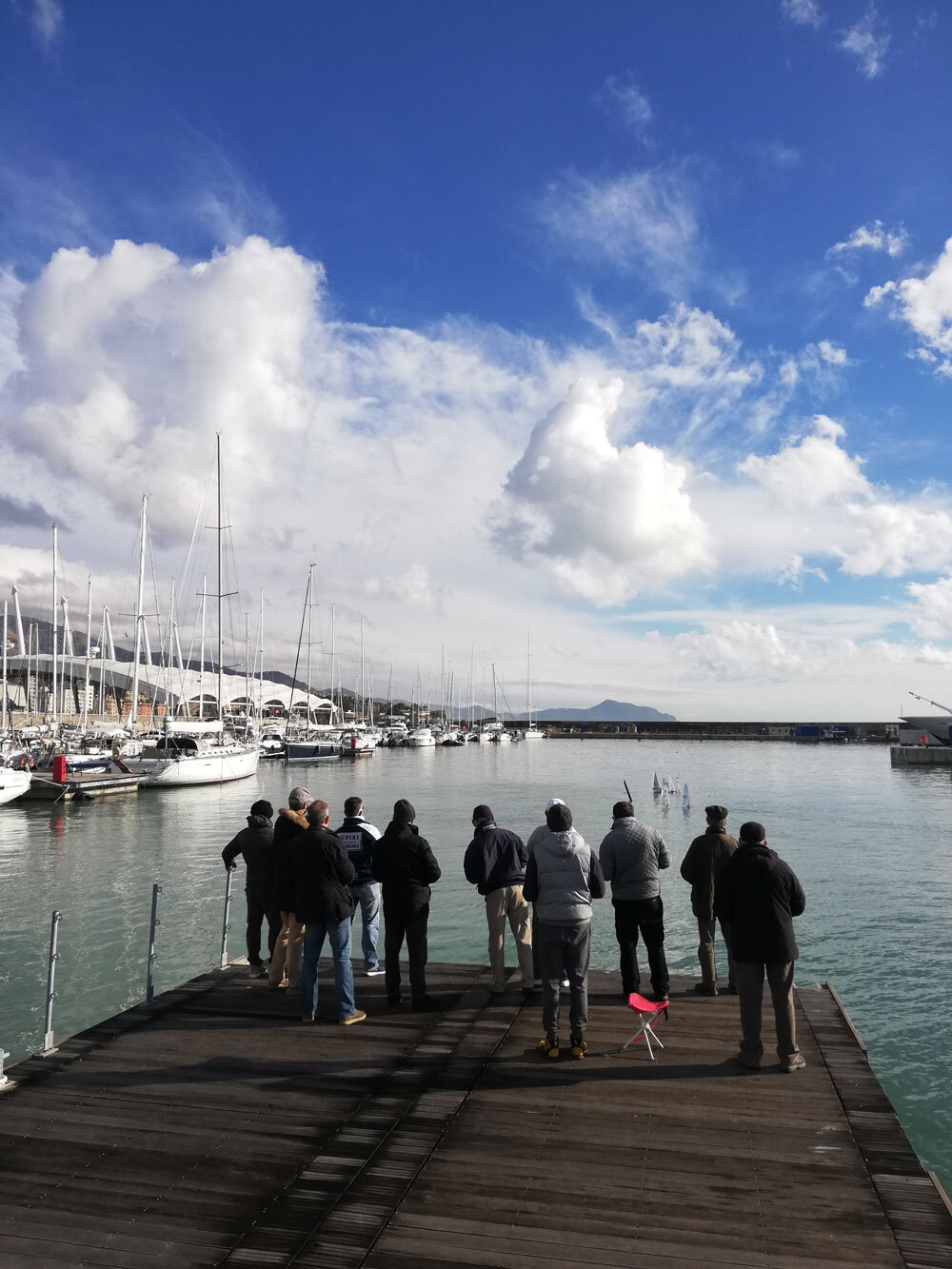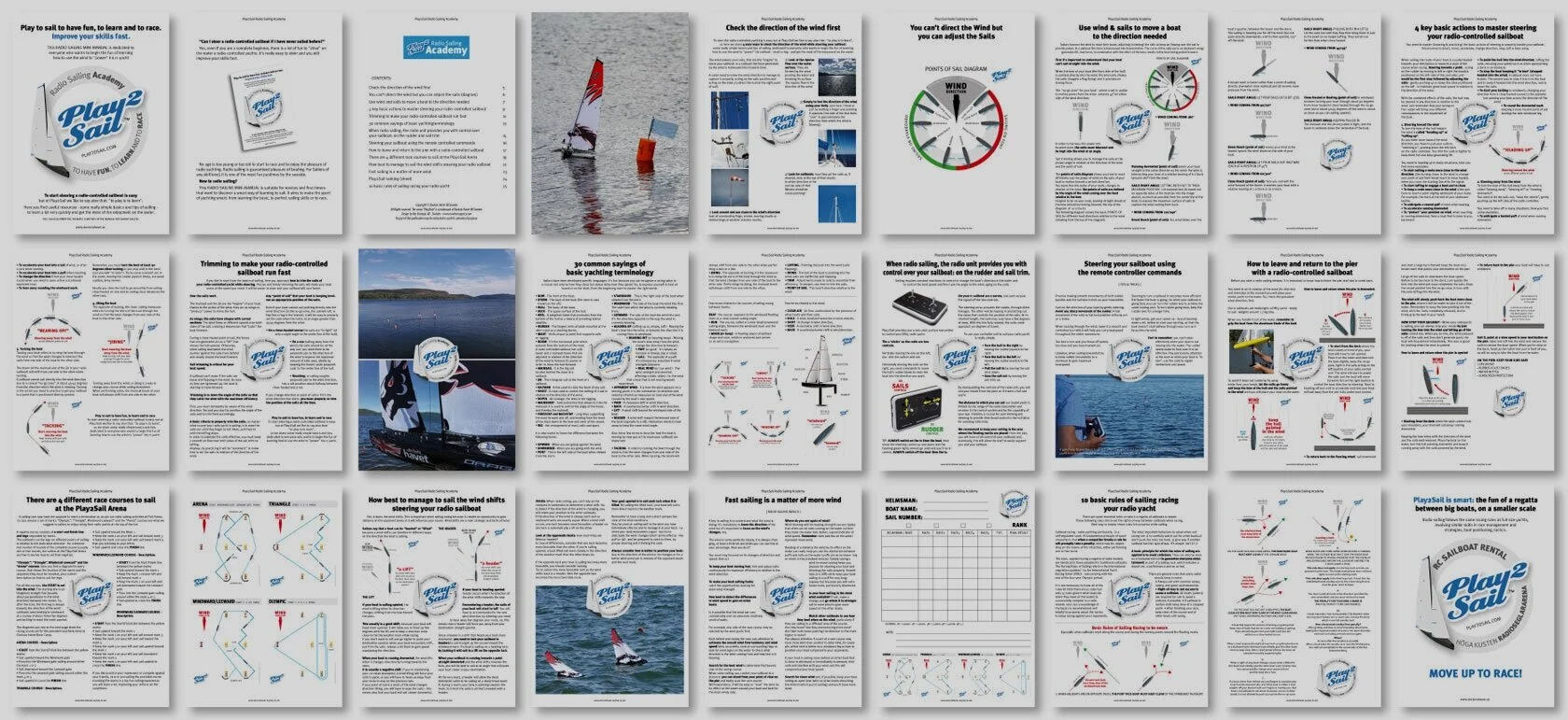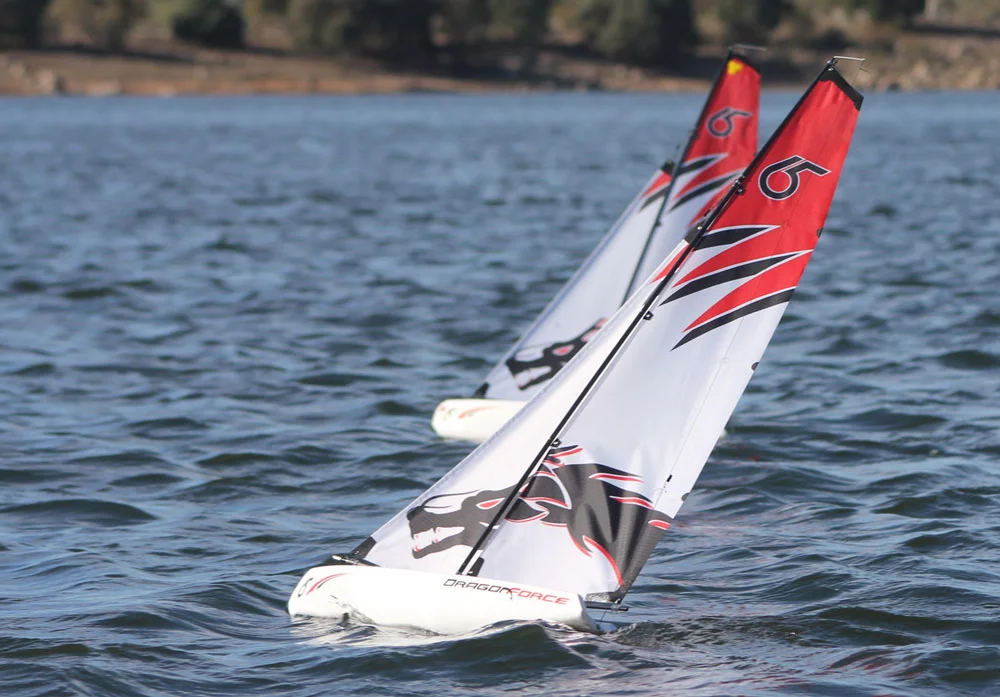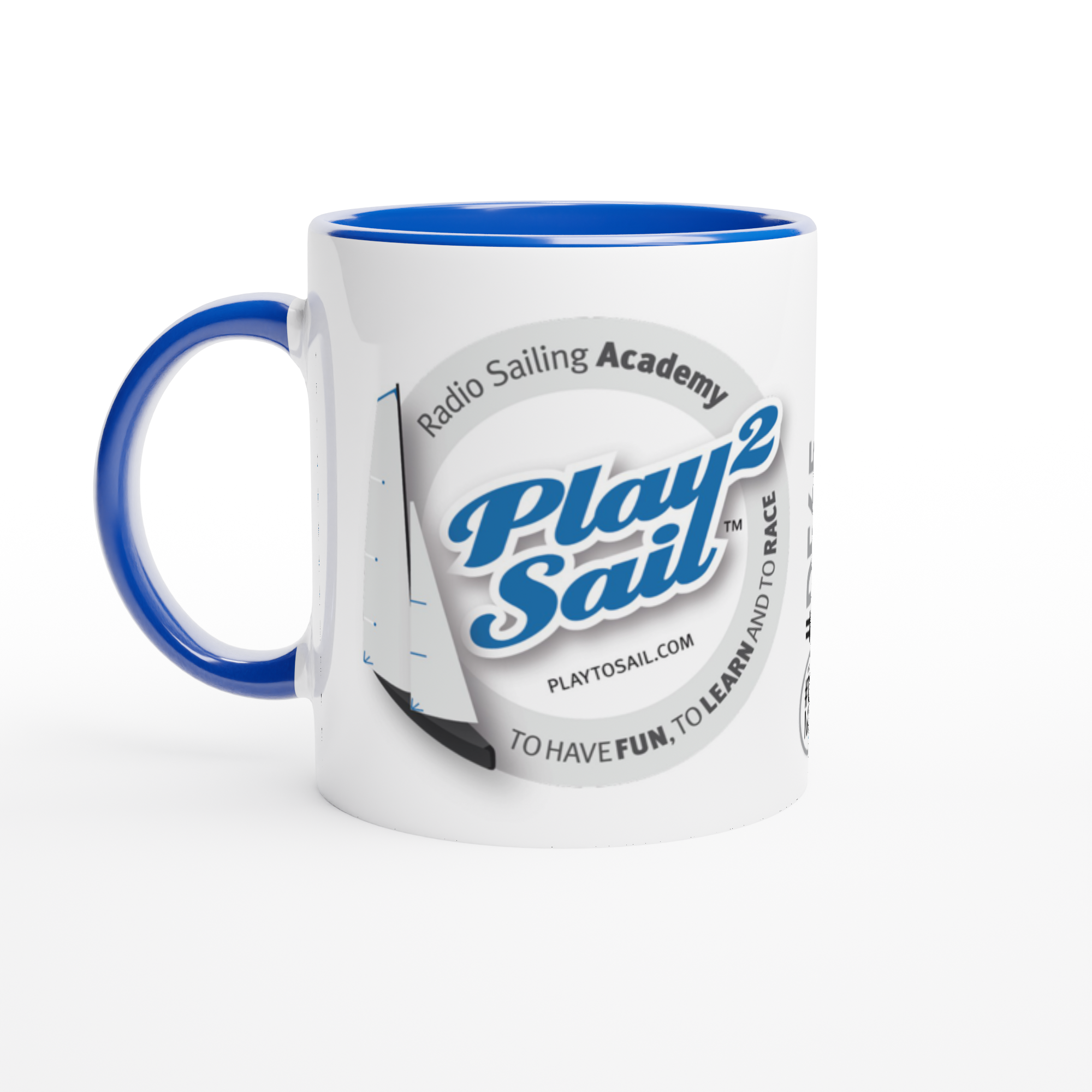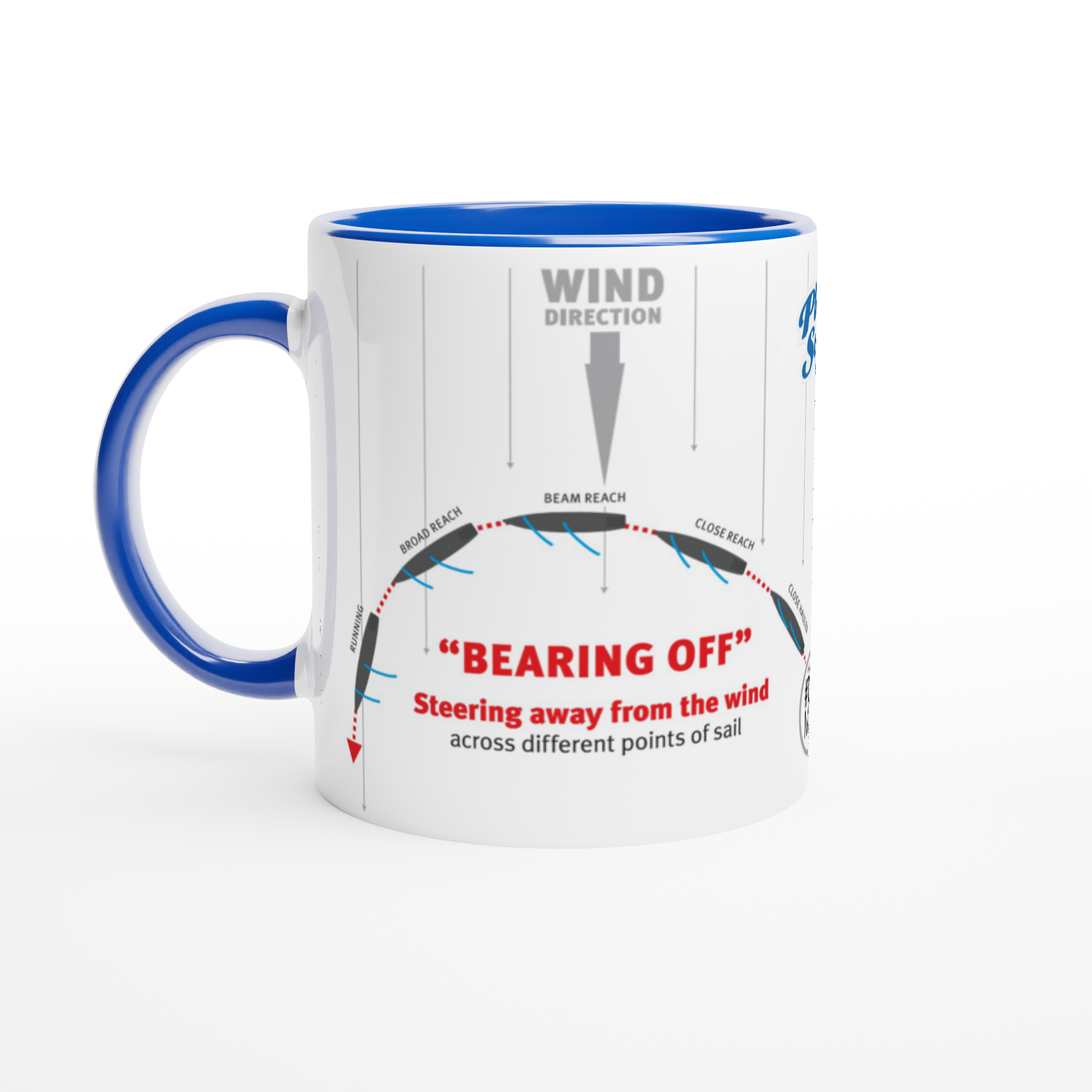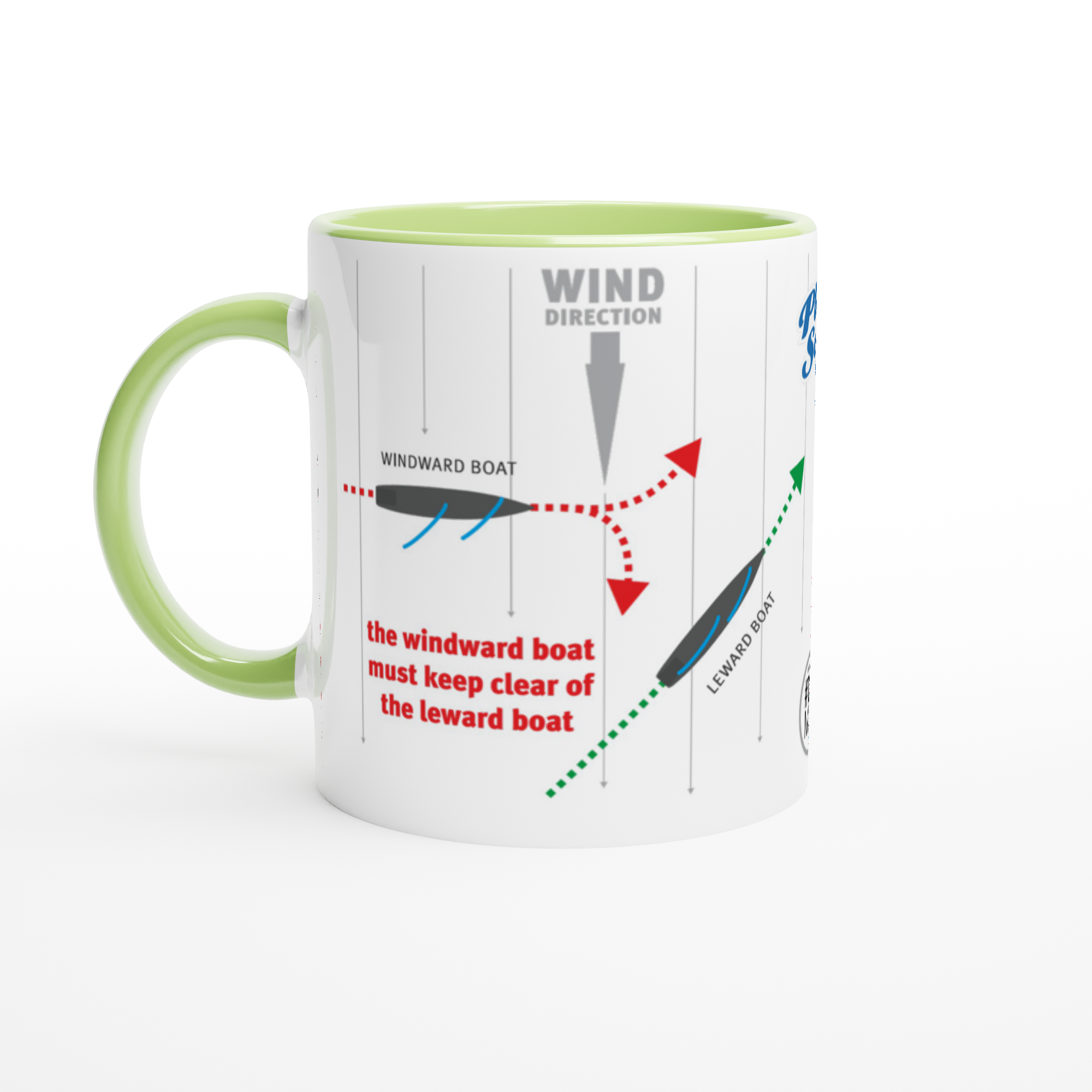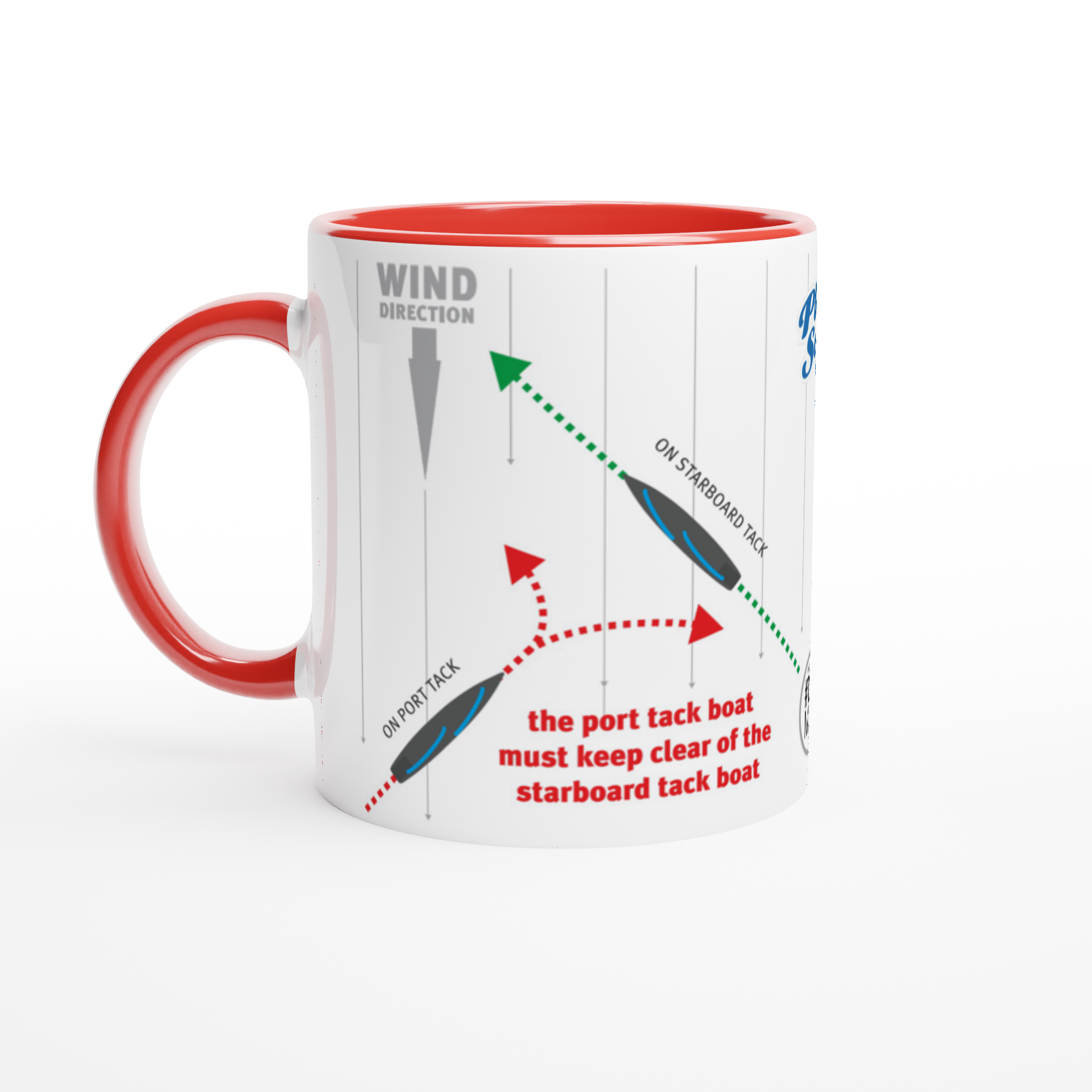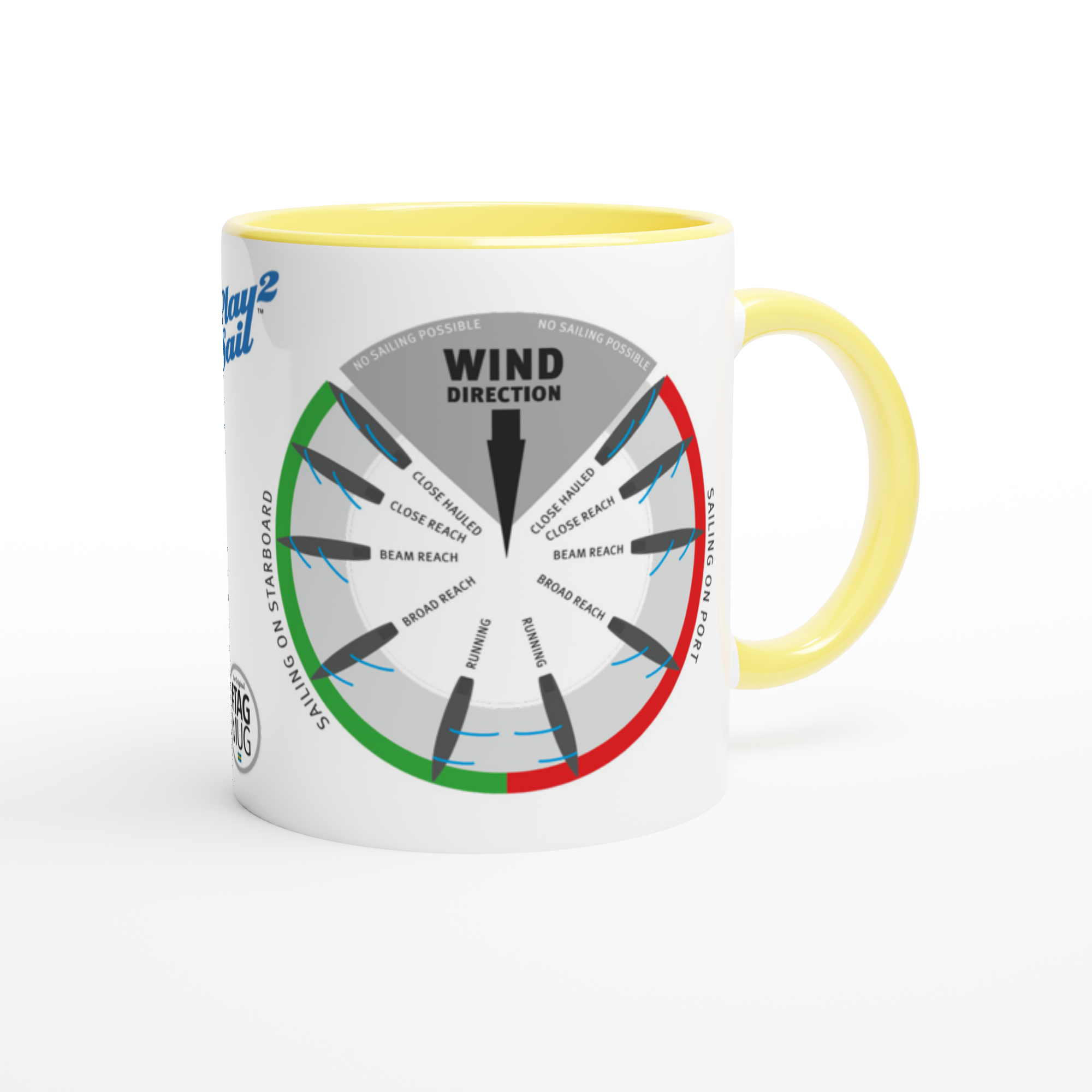Play2Sail Academy: RC sailing learning is online to have fun. From anywhere.
Bringing the play2Sail Sailing learning Experience Online
Welcome to the Play2Sail Academy, your ultimate online destination for mastering the art of radio-controlled sailing. Whether you're a novice eager to learn or a seasoned sailor looking to hone your skills, our academy offers a comprehensive and engaging experience—all from the comfort of your home.
Global Access to RC Sailing Fun:
Explore the Play2Sail Academy's extensive collection of free resources, expert tips, and guides designed to help you embark on your RC sailing journey with confidence. Our educational resources are available online, making the exciting world of RC sailing accessible to enthusiasts worldwide. Whether you’re a beginner eager to learn the basics or a seasoned sailor looking to refine your skills, our content offers valuable insights at no cost.
Learn Online, Practice on Water, and Improve:
For those ready to advance their knowledge, the online Play2Sail Academy provides comprehensive resources and engaging blog posts. We also offer a detailed e-manual available for purchase, designed to help sailors of all levels improve their skills at their own pace. Discover essential learning techniques and strategies to excel in your sailing journey with Play2Sail Academy.
Sailing Learning made easy and simple:
To learn easily everything you need to start sailing your radio-controlled yacht, Play2Sail Radio Sailing Academy shares a complete e-manual that collects the fundamental sailing knowledges, handy diagrams, tips and advices. Download the Play2Sail e-manual and improve your skills fast!
Play2Sail Academy shares blog posts with useful educational resources dedicated for those just beginning rc yachting and by more advanced sailors: starting from to understand wind, points of sail, how to handle the hull direction on the water, to practical fundamentals to improve confidence practicing on water or how to get started into sail racing.
Discover the Joy of RC Sailing:
Dive into the world of radio-controlled sailing with our comprehensive e-manual and educational blog posts. Designed for passionate RC sailors around the globe, our resources provide essential techniques and strategies to help you excel at your own pace. Experience the thrill of "driving" a tiny sailing boat, practice your maneuvers, and enjoy the full pleasure of boating—without getting wet!
Radio Sailing is Fun for All Ages:
No age is too young or too old to enjoy the excitement of radio yachting. Play2Sail offers an amazing experience for the entire family, perfect for discovering the wonderful world of sailing racing. Our modern radio sailboats are suitable for everyone, from beginners to race veterans, ensuring fun and learning for all.
Learning How to Sail Doesn’t Have to Be Complicated:
FAQ: "Can I steer a radio-controlled sailboat if I have never sailed before?"
Answer: Absolutely! Even if you are a complete beginner, there's a lot of fun in "driving" a radio-controlled yacht. They are easy to steer, and you'll improve your skills quickly. We provide resources with basic tips and techniques to help you learn swiftly and maximize your enjoyment on the water. Our free beginner's guide to radio sailing is designed with newcomers in mind, offering a clear and straightforward approach to learning. It covers essential concepts and techniques in a way that's easy to understand, ensuring that even those with no prior experience can quickly get up to speed. Start your sailing adventure today with our Beginner's First Steps Guide!
Why Does our sailing learning work? Play2Sail is Smart and Accessible Sailing
The Play2Sail program is designed to make yachting smart and accessible for everyone. Whether you're eager to learn the basics in a playful manner or refine your sailing skills, our academy offers the guidance and insights you need. Engage your friends and family in friendly races, and if you're in the area, explore the dedicated racing area at the Höga Kusten Radioseglararena. Most importantly, learn online and enhance your knowledge with everything that Play2Sail Academy has to offer, helping you become an even better sailor!
Join the Global Play2Sail RC Sailing Community:
Connect with fellow RC sailors and enhance your sailing experience with the Play2Sail Academy. Our blog features inspiring stories, practical advice, and the latest in sailing technology. Ready to set sail? Download our comprehensive Play2Sail e-manual and start your journey today.




